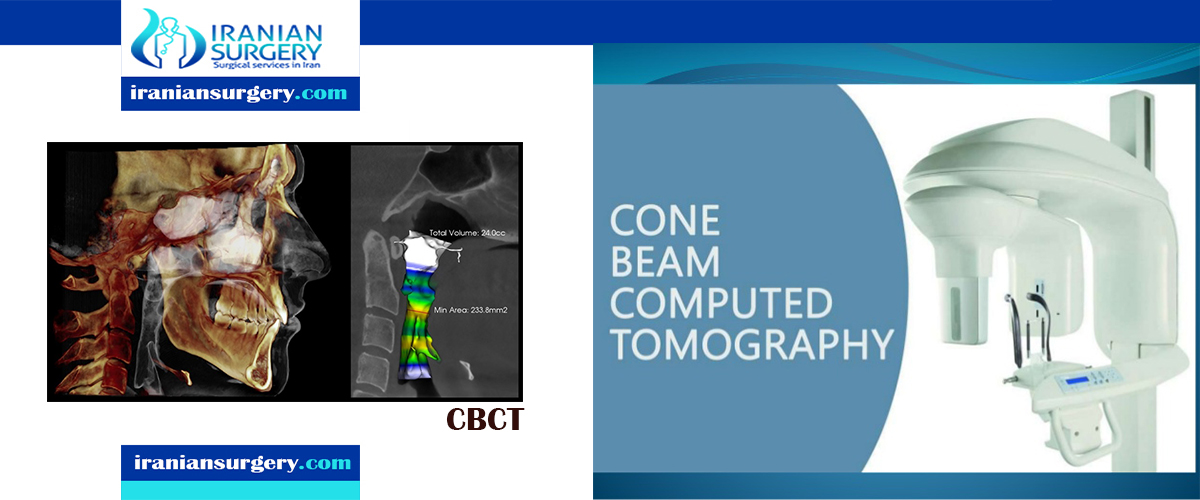Dental Cone Beam CT

Dental Cone Beam CT
Dental cone beam computed tomography (CT) is a special type of x-ray equipment utilized when regular dental or facial x-rays are not sufficient. Your doctor may use this technology to produce three dimensional (3-D) images of your teeth, soft tissues, nerve pathways and bone in a single scan.
This procedure requires little to no special preparation. Tell your phisition if there's a possibility you are pregnant. Wear loose, comfortable clothing and leave jewelry at home. You may be asked to wear a gown.
10 common question about Dental Cone Beam CT
1What is a cone beam CT Dental?
Dental cone beam computed tomography (CT) is a special type of x-ray equipment used when regular dental or facial x-rays are not sufficient. Your doctor may use this technology to produce three dimensional (3-D) images of your teeth, soft tissues, nerve pathways and bone in a single scan.
2How much radiation is in a cone beam CT scan?
A typical effective dose from a CT scan of an adult brain is around 2 mSv or 2,000 µSv.) The amount of radiation received for a cone-beam CT is minimal in comparison to what we receive being alive on the earth.
3How long does a cone beam CT scan take?
The actual CBCT scan takes approximately 20 seconds. The total appointment time (including registration, positioning, scanning, reconstruction, and scan verification) is less than an hour. We ask that you arrive 30 minutes prior to your appointment to complete the patient registration process.
4What are the three types of dental images?
There are three types of diagnostic radiographs taken in today's dental offices -- periapical (also known as intraoral or wall-mounted), panoramic, and cephalometric. Periapical radiographs are probably the most familiar, with images of a few teeth at a time captured on small film cards inserted in the mouth.
5Will a CT scan show a tooth infection?
An X-ray of the aching tooth can help identify an abscess. Your dentist may also use X-rays to determine whether the infection has spread, causing abscesses in other areas. Recommend a CT scan. If the infection has spread to other areas within the neck, a CT scan may be used to assess the extent of the infection.
6Are dental CT scans dangerous?
At the low doses of radiation a CT scan uses, your risk of developing cancer from it is so small that it can't be reliably measured. Because of the possibility of an increased risk, however, the American College of Radiology advises that no imaging exam be done unless there is a clear medical benefit.
7How much radiation do you get from a dental CT scan?
How does this compare to other forms of radiation, and how do you explain this to patients? The average effective dose from background radiation is about 3 mSv per year. The adult effective dose from a CT exam of the abdomen is roughly equivalent to the adult effective dose from roughly 400 chest X-rays.
8What is the difference between CT and CBCT?
With that being said, the main difference between CT and CBT is the shape of the beams—CT scans use fan-shaped x-ray beams that rotate while the patient advances (think of a CAT scan) to capture limited thickness slices, while CBCT uses a cone-shaped area detector that does not require patient movement.
9How many dental xrays are safe per year?
The downside is that X-rays expose you to radiation. Four bitewing X-rays, which is what many people get in a routine exam, give about .005 millisieverts of radiation, according to the American College of Radiology. That's about the same amount of radiation you get in a normal day from the sun and other sources.
10What is cone beam CT in Radiotherapy?
PURPOSE: Cone beam CT (CBCT) in image-guided radiotherapy (IGRT) offers a tremendous advantage for treatment guidance. The associated imaging dose is a clinical concern.
[kkstarratings]


